Is a Variable Speed Pump Worth the Investment
ross939
12 years ago
Related Stories

REMODELING GUIDESConstruction Timelines: What to Know Before You Build
Learn the details of building schedules to lessen frustration, help your project go smoothly and prevent delays
Full Story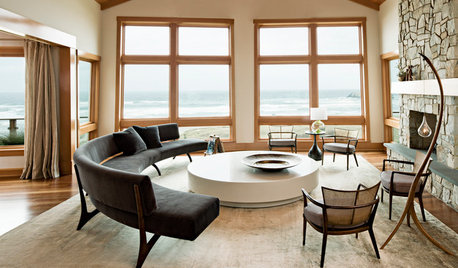
FURNITURESeating in the Round: An Old Idea That’s Still Fresh Today
Bring in romance, unexpected style or just great seating for conversations with sofas that turn their back on the straight and narrow
Full Story
GREEN BUILDINGHouzz Tour: Passive House in Vermont Slashes Heating Bills
Its ecofriendly, low-maintenance design leaves a family with more time to relax and enjoy the weekend home
Full Story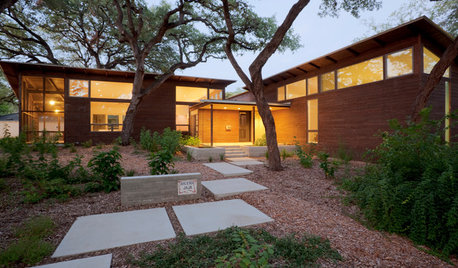
GREEN BUILDINGMeet a High-Tech Home That Monitors Itself
Energy vampires have nowhere to hide in this LEED Platinum home, as energy efficient as it is architecturally beautiful
Full Story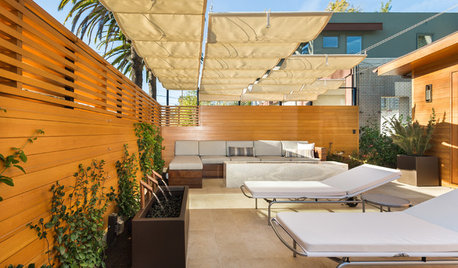
PATIOSPatio Details: A Relaxing Front-Yard Retreat in Los Angeles
A retractable awning, a water feature and an onyx fire feature transform a formerly unused front yard on a busy street
Full Story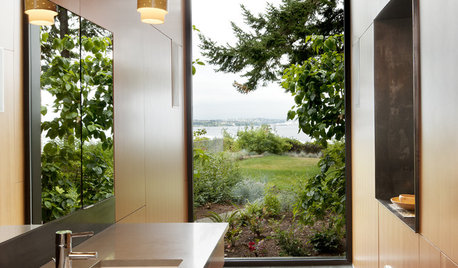
REMODELING GUIDES10 Tips to Maximize Your Whole-House Remodel
Cover all the bases now to ensure many years of satisfaction with your full renovation, second-story addition or bump-out
Full Story
GREEN BUILDINGInsulation Basics: Heat, R-Value and the Building Envelope
Learn how heat moves through a home and the materials that can stop it, to make sure your insulation is as effective as you think
Full Story
HOUSEKEEPINGHow to Clean Hardwood Floors
Gleaming wood floors are a thing of beauty. Find out how to keep them that way
Full Story
BATHROOM DESIGNWater Damage Spawns a Space-Saving Bathroom Remodel
A game of inches saved this small New York City bathroom from becoming too cramped and limited
Full Story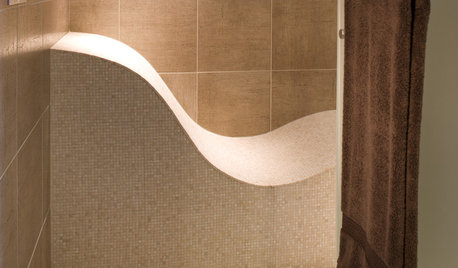
REMODELING GUIDESTop 10 Tips for Choosing Shower Tile
Slip resistance, curves and even the mineral content of your water all affect which tile is best for your shower
Full StorySponsored
More Discussions






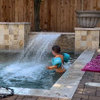
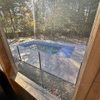

ross939Original Author
poolguynj
Related Professionals
Phoenix Swimming Pool Builders · Sacramento Swimming Pool Builders · Grand Haven Landscape Architects & Landscape Designers · Marco Island Landscape Architects & Landscape Designers · Saint Matthews Landscape Architects & Landscape Designers · Ellicott City Landscape Contractors · Lexington Landscape Contractors · West Chicago Landscape Contractors · Oxon Hill Landscape Contractors · Vadnais Heights Landscape Contractors · Bellingham Decks, Patios & Outdoor Enclosures · Los Alamitos Decks, Patios & Outdoor Enclosures · Roanoke Decks, Patios & Outdoor Enclosures · Shirley Decks, Patios & Outdoor Enclosures · Troy Decks, Patios & Outdoor Enclosuresross939Original Author
poolguynj
ross939Original Author
poolguynj
MiaOKC
poolguynj
mariocova
www.SwimmingPoolSteve.com